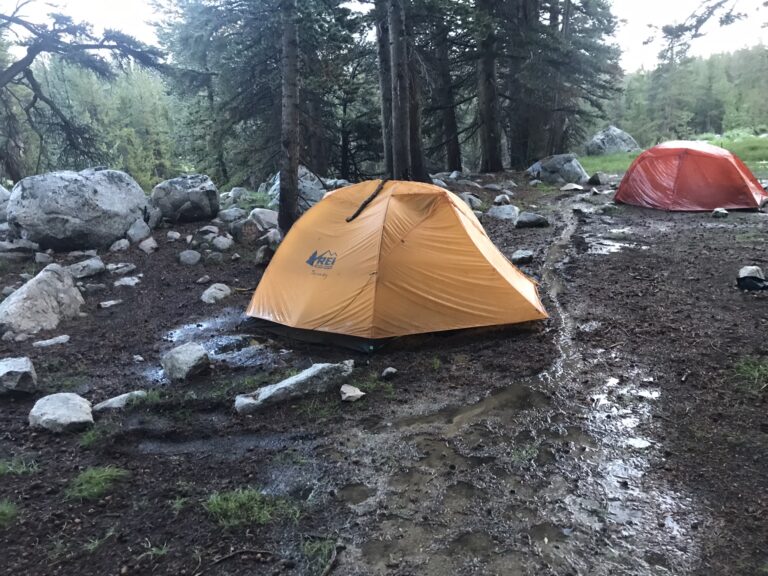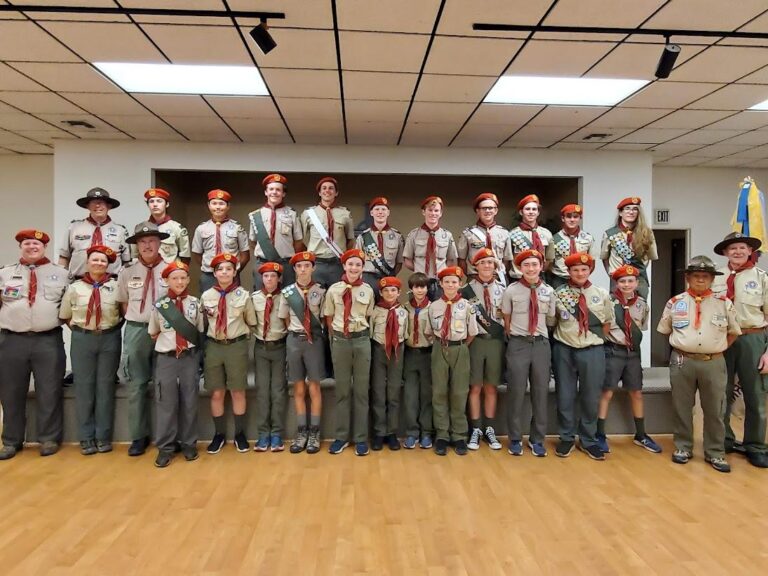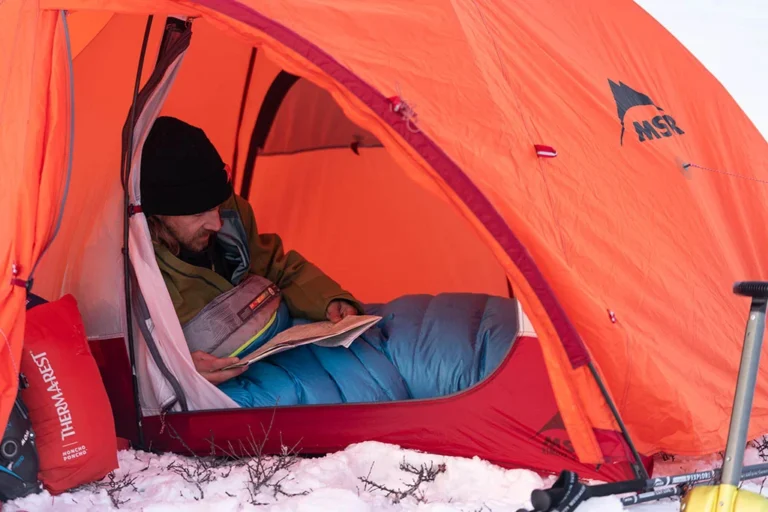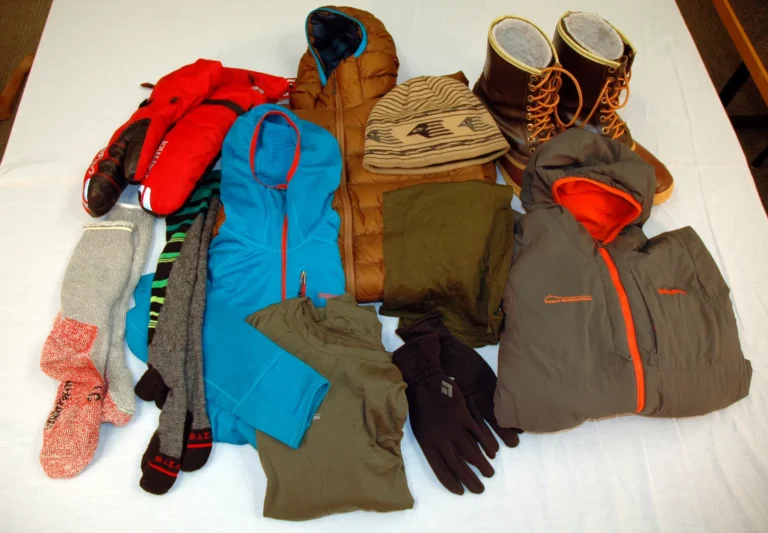Snow Camping
Use Equipment Check list, check it twice.
Use your equipment checklist and layout your gears on the floor. Check it again to pack your pack. Missing
gorp is the least of your worries; finding out enroute that you’ve left behind a hat or gloves can be a major threat
to cold-weather fun.
Give the sun its due.
A fair-skinned backpacker, sun and reflecting snow can fry like a pork rind even in the dead of winter. Use UV-
blocking SPF 25 or higher sunscreen anytime you’re out in the bright sun, and don’t neglect tender areas like the
underside of your nose and chin. Bring along sunglasses that block 100 percent of UV rays.
Consider bringing a shovel.
It may seem an unnecessary burden, but a collapsible snow shovel can come in handy for flattening a sleeping
area and digging out a kitchen bench, Kitchen can be as fancy as you want, but all you really need is a place to
sit and some sort of ledge or “table” for your stove and cooking supplies.
Pick out a hat to go with your bag.
Blood keeps pumping to your head and your scalp radiates heat whether you’re snowshoeing or sleeping. Wear
a hat and cinch the hood down tight on your sleeping bag. As for other sleeping attire, start with just your long
underwear, adding layers only as absolutely necessary. Too much clothing can compress your bags insulation
and constrict your circulation. Either scenario will make you colder in the long run.
Layers work, but only if you use them.
Dressing in layers is worthless if you don’t make adjustments as the weather and exertion demand. Add layers
before you get cold and conversely, don’t worry about being a bit chilly when you first start hiking. Choose zip-
neck long underwear tops and jackets with full-front zippers for maximum ventilation.
Cotton kills.
Dramatic? Yes, but true nonetheless. Cottons water-loving, slow-drying fibers suck up moisture and hold it
against your skin. In a desert, this is desirable because it keeps you cool. In the Winter Mountains, it can mean
death. For backcountry travel in all but the most amiable weather, choose synthetics or wool for hats, socks, and
everything in between.
Eventually the snow will melt.
Leave No Trace camping ethics apply to any season. If there’s a pit toilet nearby, use it. If not, pick a discreet
spot in the woods at least 200 feet from any water – frozen or not. Dig down as far as you can in the snow, do
your business, and pack snow back on top. Pack out or burn your toilet paper. If fires are allowed, keep it small
and only use dead wood on the ground.
Feet sweat, even in winter.
Take every precaution to keep your feet dry. Waterproof your boots, wear good gaiters, and try using vapor
barrier liners between your liner socks and thick outer socks.
Lack of coffee kills, plan accordingly.
Running out of fuel is no joke when your body is depending on hot food and calories, and you’re forced to eat
cold, crunchy oatmeal and hard pasta. Cold weather makes stoves balky and less efficient (caffeine withdrawal
affects partners similarly), so use your windscreen at all times, and carry double your normal fuel needs. Clean
your stove before the trip, and know how to make field repairs.
Recipe of the month
Chilly-Night Chili (Serves 4)
1 lb. ground beef
1 big onion, chopped
2 cans kidney beans
1 can tomato soup, undiluted
(Substitute with canned chopped tomato)
1/2 tsp. salt
1 Tbsp. chili powder
8 oz. shredded cheddar cheese
Sliced olives (optional)
Brown the meat and the onion in a little butter or cooking oil and cook until the meat is browned, about
10 minutes. Add everything and let it simmer covered for 30 minutes.
Serve with shredded cheese and crusty bread.
by Mr. Soga







